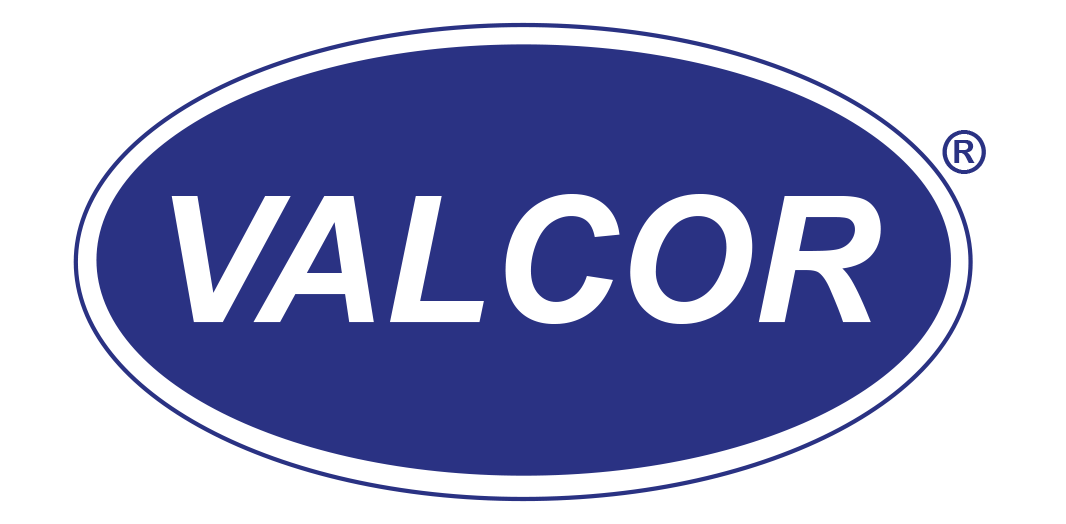Solenoid Valve Temperature and Duty Cycle Considerations
Operating conditions
The real-life operating conditions for a solenoid valve are hardly ever ideal. The free air flow may be obstructed, or the valve may be constrained into a tight space with no fresh air supply whatsoever. The ambient temperature may be in the extreme lows or highs, or it may fluctuate sweeping through wide ranges. The presence of humidity in the air may create condensation issues, not to mention the use of chemically aggressive, corrosive media that the valves may be exposed to, both internally and externally.
Obviously all the above mentioned conditions will vary significantly from one application to another. Additionally, all these factors, such as the ambient temperature and fresh air supply, the temperature of the media, and the heat generated by the solenoid, not to mention the changes of any of the above, all have serious influence on each other. Hence, it is not possible to define a simple rule-set that would apply in each and every given situation. All applications need to be evaluated on a case-by-case basis and extensive testing under real working conditions is highly recommended.
Rules of Thumb
In case of Valcor miniature solenoid operated valves, the general operating range specified for ambient temperature is -20 to 70 degrees, Celsius, non-condensing. However, the valves may suffer damage inside that scope, or may operate trouble free outside of it, depending on other factors.
At a room temperature of 21 degrees, Celsius, in free airflow, by unrestricted valve ports and no media applied, generally all the standard pressure valves may be subject to continuous duty operation. However, even at the above described ideal operating environment, in order to avoid damage to certain construction materials incorporated in a valve, that are not part of the solenoid assembly, if a standard pressure valve at any given time stays energized for longer, than 10 minutes or the overall duty cycle exceeds 30%, we highly recommend the use of a holding voltage circuitry. As soon as the operating environment is no longer considered ideal, the above recommendation will apply to any and all applications.
In case of our high pressure valve series, the use of a holding voltage circuitry or other means of active valve cooling is always mandatory.

Recent Comments